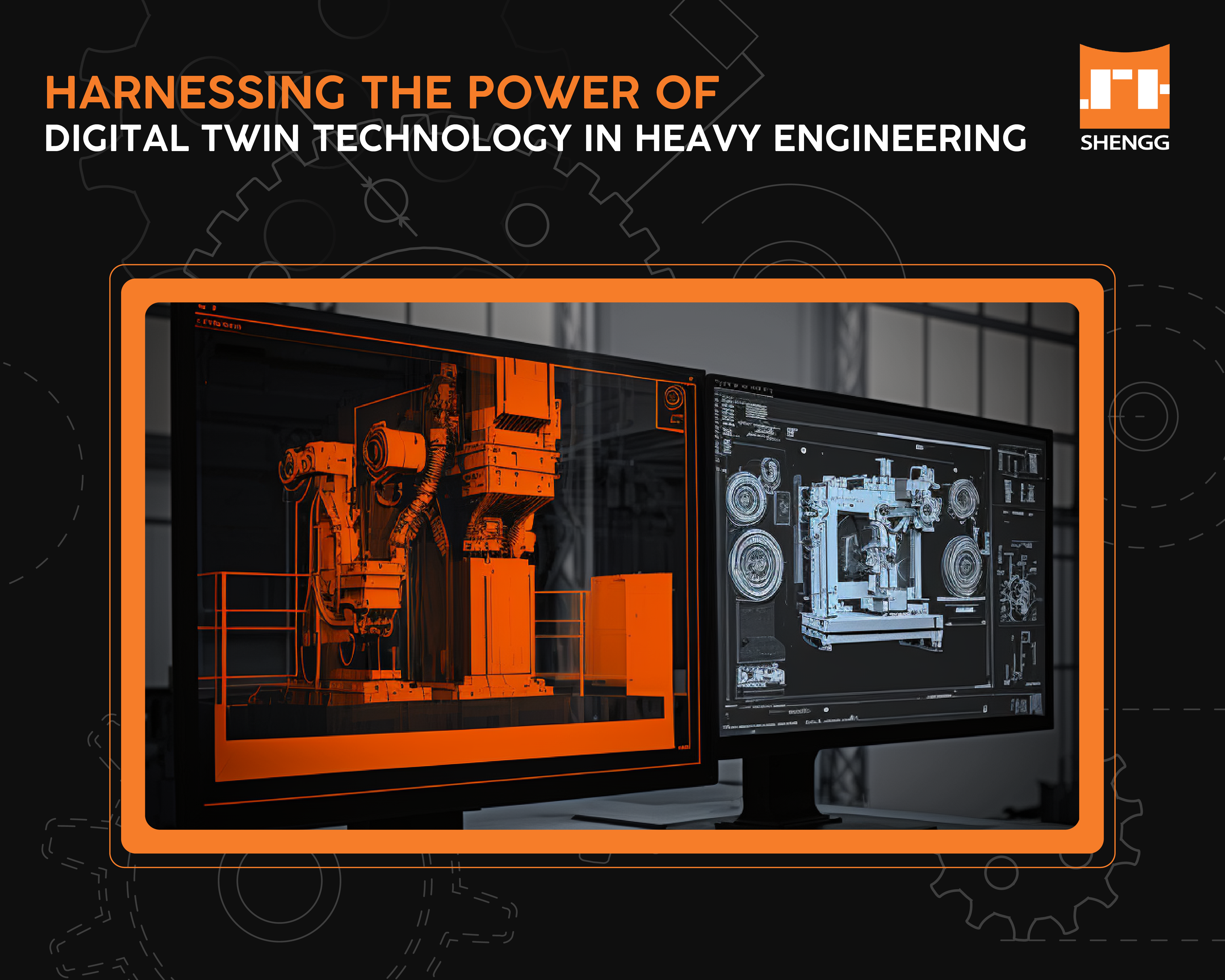Harnessing the Power of Digital Twin Technology in Heavy Engineering: Revolutionising Design, Performance, and Maintenance
Harnessing the Power of Digital Twin Technology in Heavy Engineering: Revolutionising Design, Performance, and Maintenance
Digital twin technology is revolutionising the heavy engineering industry by creating a virtual replica of physical assets and systems, enabling real-time monitoring, analysis, and optimization. With the increasing complexity of heavy engineering projects, traditional methods of design and maintenance have become inefficient and error-prone. Digital twin technology offers a solution by creating a virtual replica of the physical assets and processes, enabling engineers and operators to monitor and control them from a remote location, analyse their behaviour, and optimise their performance. This article will explore the benefits of digital twin technology, how it works, and its potential to transform the heavy engineering industry.
What is Digital Twin Technology?
Digital twin technology is a computer-based virtual replica of a physical asset, system, or process. It integrates data from sensors, IoT devices, and other sources to create a real-time digital representation. It allows engineers and operators to monitor and control the physical asset from a remote location, analyse its behaviour, and optimise its performance. Digital twin technology has found applications in various industries such as aerospace, automotive, energy, and heavy engineering.
Benefits of Digital Twin Technology
Digital twin technology offers several benefits in heavy engineering, including:
- Improved Design: Digital twin technology allows engineers to simulate the design and behaviour of the asset in a virtual environment before actual construction. It helps in identifying design flaws and optimising performance, reducing the risk of costly errors and delays.
- Real-time Monitoring: Digital twin technology enables real-time monitoring of the physical asset’s performance, behaviour, and condition. It helps in detecting anomalies and potential failures, allowing timely maintenance and repair.
- Predictive Maintenance: By analysing the data from the digital twin, engineers can predict the asset’s maintenance requirements, reducing downtime, and increasing reliability.
- Reduced Cost: Digital twin technology can save costs in design, construction, and maintenance by identifying inefficiencies and optimising performance.
How Does Digital Twin Technology Work?
Digital twin technology works by creating a virtual replica of the physical asset using data from sensors, IoT devices, and other sources. The data is processed and analysed using AI and machine learning algorithms, creating a real-time digital representation. Engineers and operators can access the digital twin through a web-based interface, monitor its performance, and control its behaviour.
Conclusion
Digital twin technology is revolutionising the heavy engineering industry by enabling real-time monitoring, analysis, and optimization of physical assets and processes. As the complexity of heavy engineering projects continues to increase, digital twin technology will become an essential tool for engineers and operators. By creating a virtual replica of



